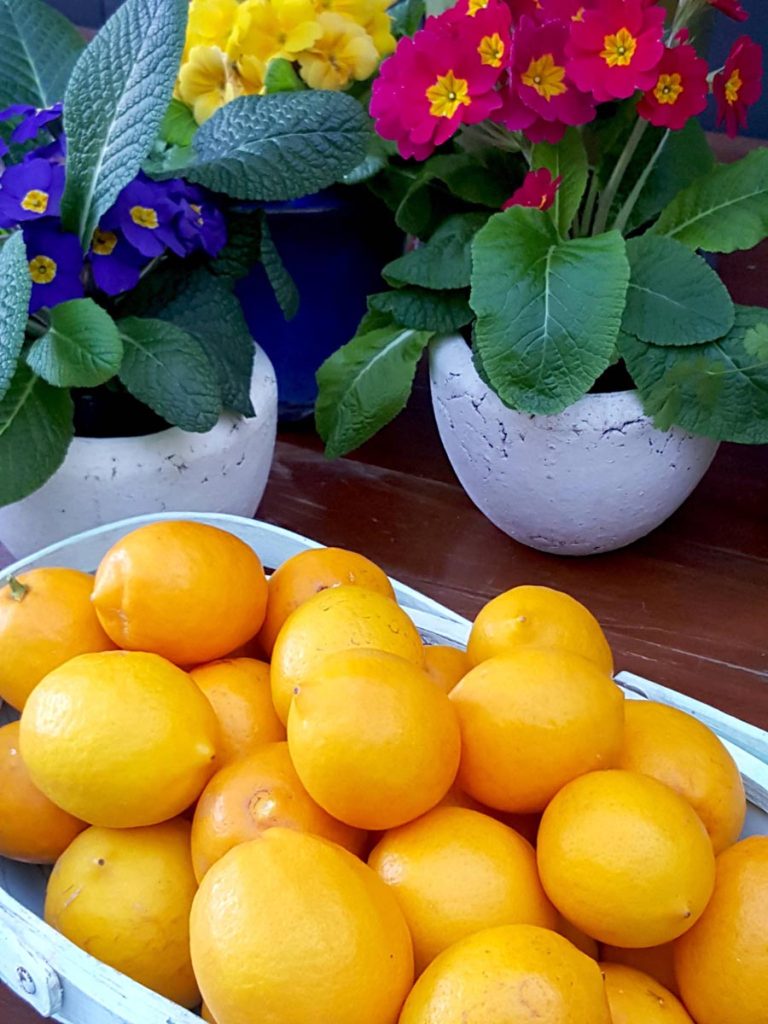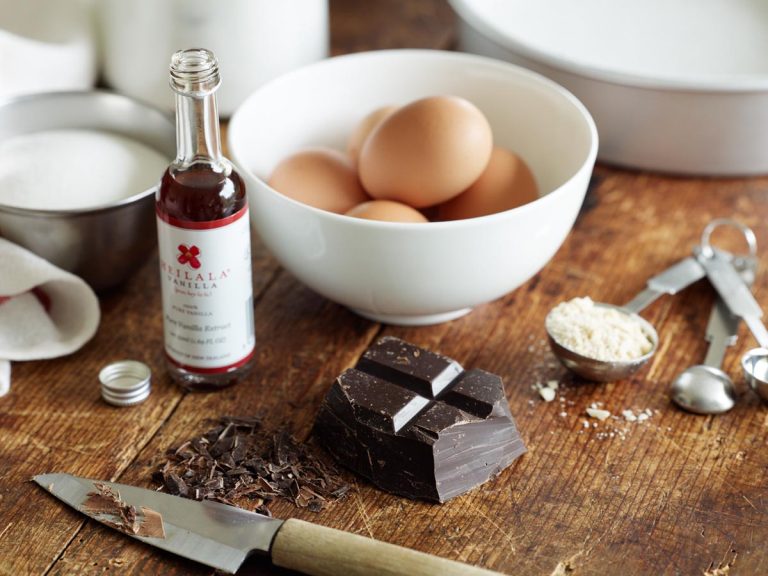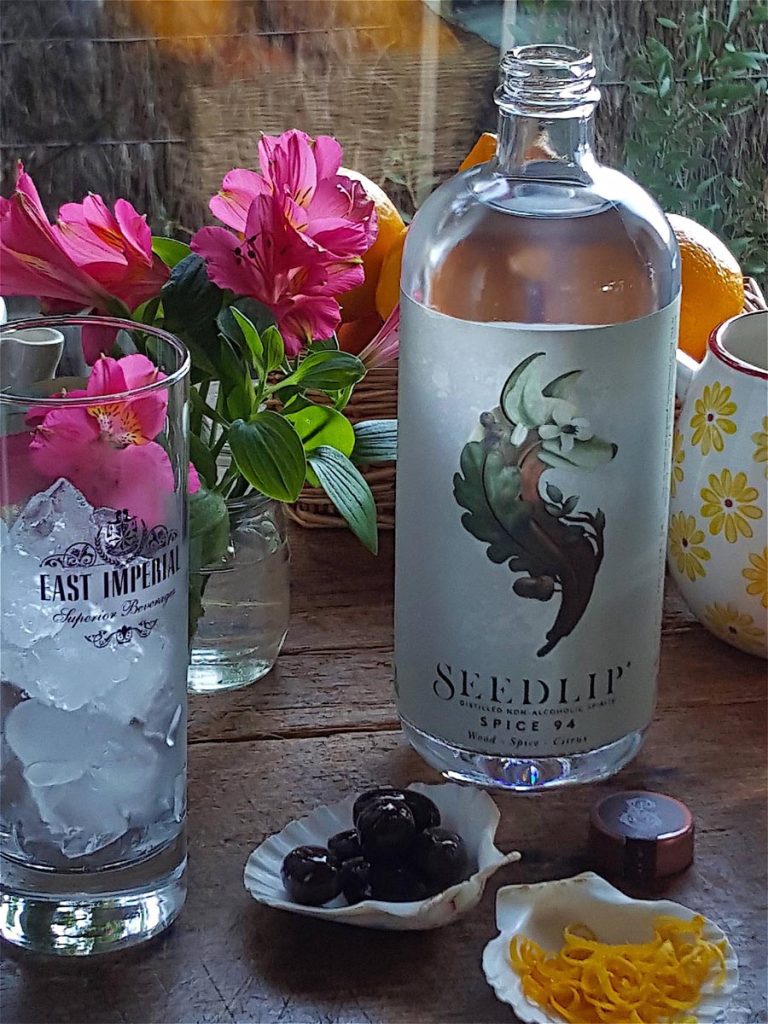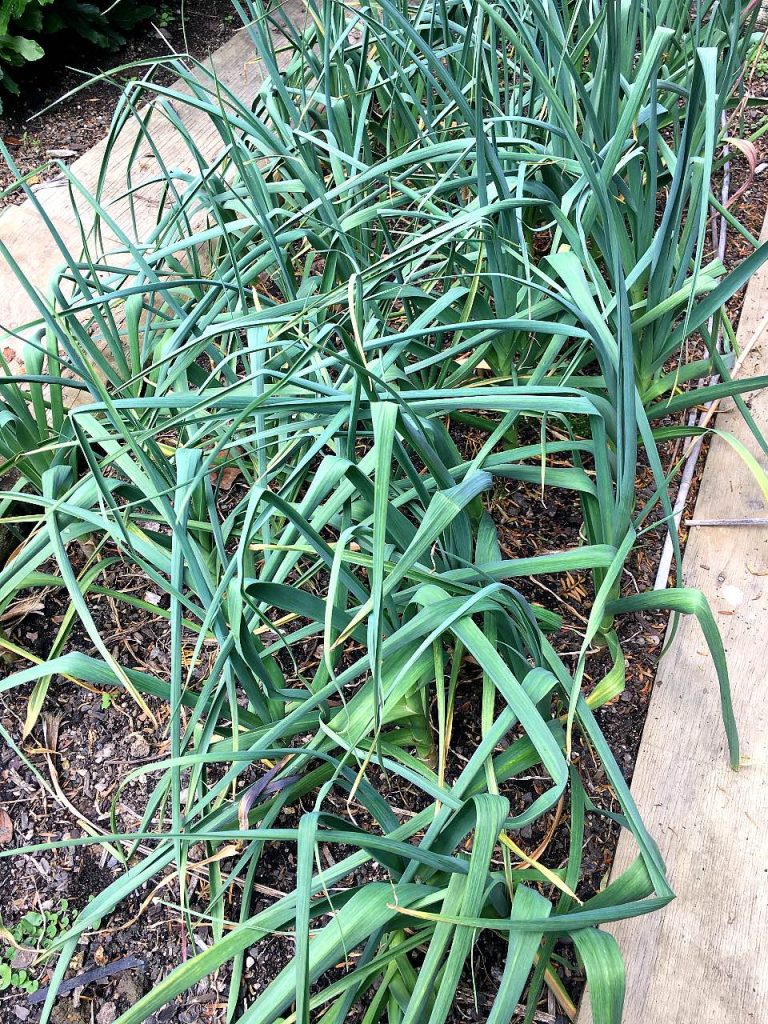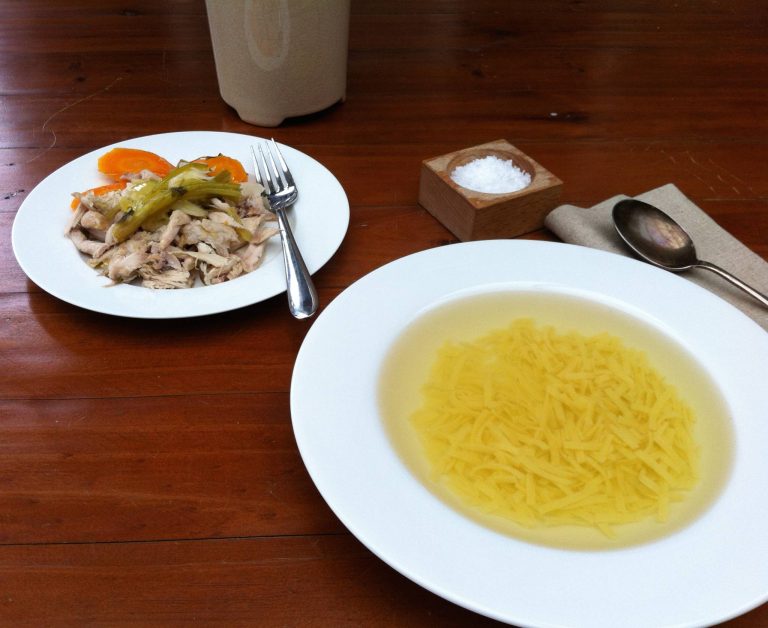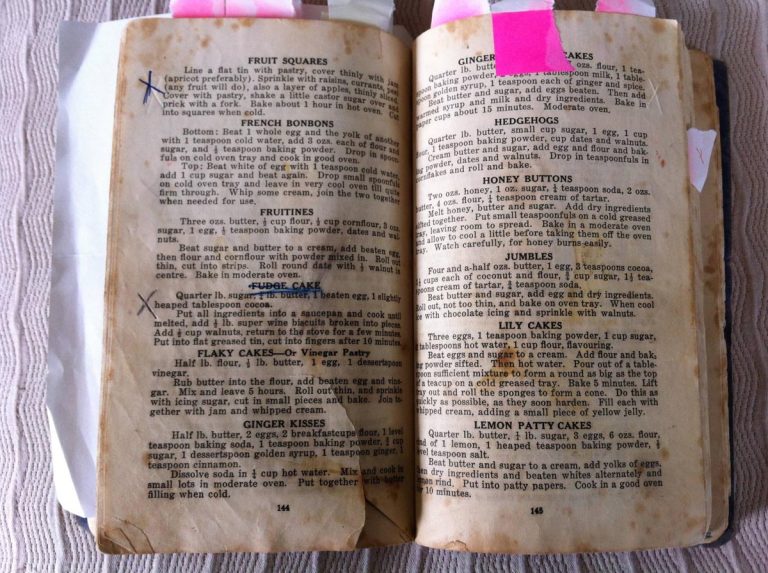A Cook’s Book
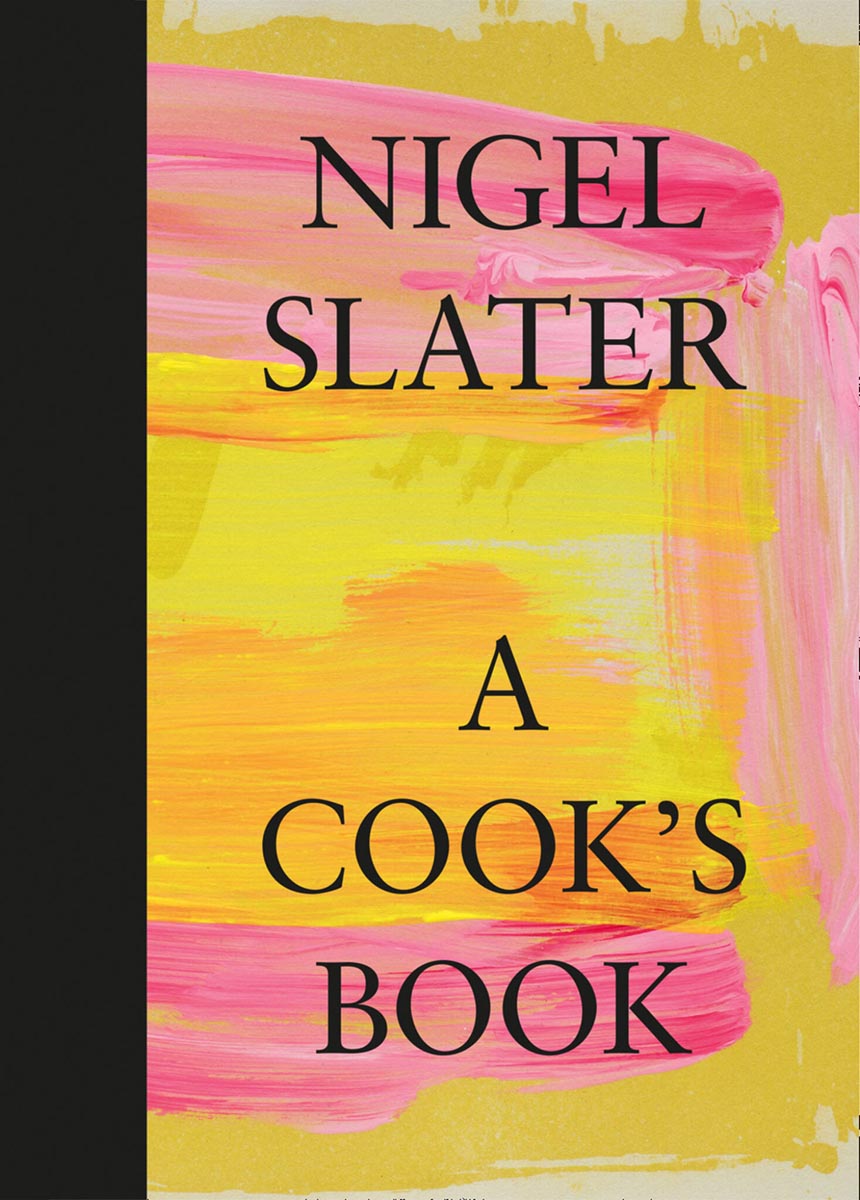
I don’t review many books, and that’s not because I don’t want to, it is because of time.
Years ago I reviewed cookbooks for newspapers and magazines, and I had a monthly slot on Radio NZ reviewing cookbooks which ran for 10 years with Wayne Mowat. I reviewed hundreds of books during that time and learnt to spot a good one, and, I might add, a rip-off. I’ve recently been pondering how the big celeb food writers have pushed the great food writers of our time down a level.
A good book review takes time. A flick through the pages is not enough to acquaint yourself with the contents, the intention of the author and the book and whether it delivers what it promises. English food writer Nigel Slater (OBE) in my opinion is top of the game. He writes about food. He cooks. He writes about the cooking process. He’s always hungry. He doesn’t fancy-pants something up for the sake of it or follow a trend or fashion. He loves puddings. He likes to mix things up without making them too spooky – his recipes always have a clear intent, with short-to-medium lists of ingredients. He revels in the joy of preparing ingredients, tinkering away in his kitchen. Spending a full hour every day having breakfast might seem ridiculous to us, and not achievable, but he does it because it slows his life down and he enjoys the ritual. He’s a home cook, he says, “I like eating complex, exquisitely presented food. I just don’t like cooking it.” He’d rather eat that sort of food in a restaurant. What he does do, he says, is ‘write about my supper’. He’s under no illusion that he bakes the best sourdough bread, because, how could he, when he cooks his bread in a domestic oven where it is impossible to achieve that darkened slightly burnt crust created in an ancient stone oven. A realist, then, but he shows you how he does it, what he likes, and it’s all pretty damned delicious home cooking.
Recipes are given lengthy preambles covering ingredients, equipment used, serving suggestions and anything else he cares to add about the history of the dish and how he likes to eat it. If he thinks a dish is better with a lump of butter or cup of cream added, he adds it without fear. He cooks for the enjoyment, for the flavour, not to count calories or to find ways to cut corners.
If ever you wanted a book to curl up in a chair to read, this is it. But it won’t be long before he has you heading to the kitchen to make some irresistible little titbit or morsel or supper dish, a bubbling cheesy gratin, a tart, a pie.
It’s a fat 500-page book with just enough photographs to give you an idea of how he cooks and presents food – there are few props, just his much-loved old plates and kitchen paraphernalia – so the food stands out, and a few peeps into his kitchen, larder, where he writes and his garden. It’s all very calm, very personal, not showy or extravagant. With over 200 recipes to choose from, you could happily cook your way through the four seasons.
This is food writing at its finest, its most intelligent, its most beguiling and engaging. Highly recommended.
And, if you enjoy this book, search out his memoir Toast – the story of a boy’s hunger. I remember it bringing a tear to my eye (it went on to win six major awards and became a film and stage production).
The cover shows a detail from A Pale Reflection, 2015-16, hand-painted sugar-lift aquatint by Howard Hodgkin.
Published by Fourth Estate / Harper Collins Publishers $60.00

